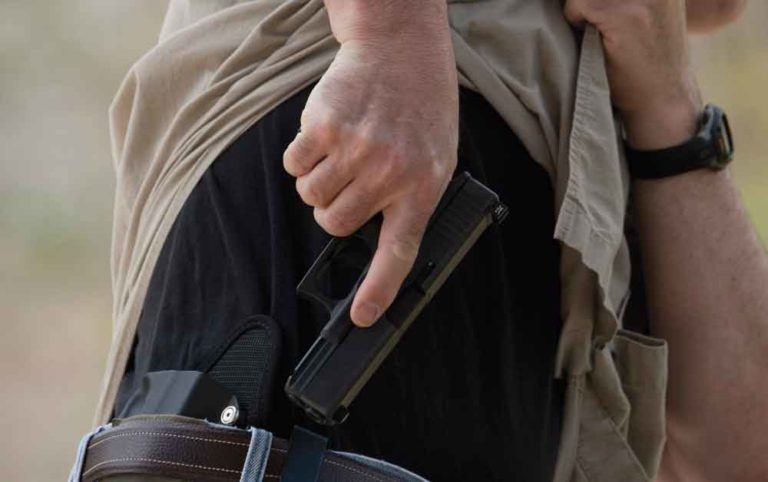
There’s a lot of information out there regarding concealed carry. How much is fact and how much is fiction?
What are the concealed carry myths?
- Size Really Does Matter
- Because They Don’t Make A .50
- I Shoot Well Enough, Right?
- Under The Hammer
- Concealed Carry Guns Must Have A Manual Safety
- A Revolver? Really?
- The Choice Is Yours
One of the hottest trending topics in the firearms industry is concealed carry and the issues that surround the concept of daily carry of a firearm for personal defense. Like all other topics relating to firearms, there are almost as many opinions out there as there are CCW permit holders.

While I’d never suggest a single-action revolver as a daily carry gun for defense, I have no doubt there are those for whom it’s a viable choice, based on their life experiences, living conditions and personal preferences. Likewise, a full frame .45 Auto might be the perfect fit for one person, and a micro .380 for the next.
The following represents my views, based on my research for a recent book, The Gun Digest Guide to Concealed Carry Handguns. Obviously, what works perfectly well for one person is totally unsuitable for another. Personal preference — and your ability to use your gun of choice — is paramount.
Size Really Does Matter
There’s no doubt that a person armed with a full-sized, high-capacity handgun is better off in a deadly force event than someone armed with a gun that’s compromised by small size and light weight. Of course, that same person would be still better equipped with a shotgun or carbine.
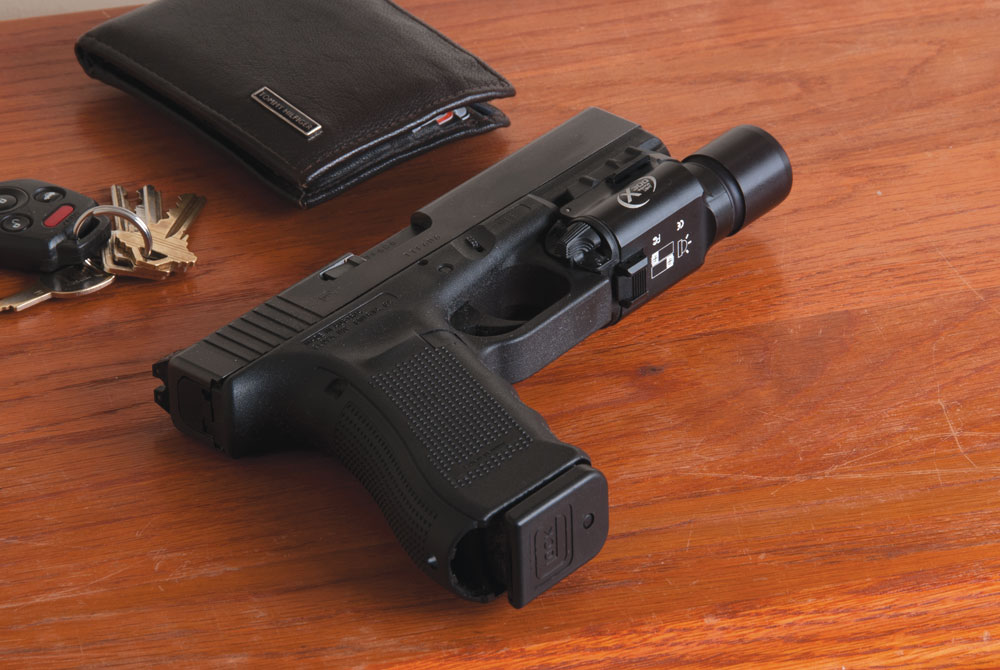
The reason we normally choose handguns for personal defense is their compact size and relative comfort to carry. In my experience as an instructor who always asks questions, those who choose full-sized guns are much more likely to leave the gun at home, and the first rule of a gunfight is to bring a gun.
Based on this, my general recommendation for a carry gun is for guns with a relatively small profile and a weight of 20 ounces or less. Guns larger than this are difficult to hide in warm-weather clothing and impose a greater burden, making them much more likely to be left at home. Smaller guns admittedly have less capacity and are more difficult to shoot well, but the average number of rounds in a defensive situation is less than three and average distance is less than 9 feet.
Because They Don’t Make A .50
In a deadly force event, power is important — but for many, the trade-off is simply too great. One trade-off is that larger-caliber guns weigh more and are larger. Another trade-off is that many people simply can’t handle the recoil of a 20-ounce .45 Auto with any sort of consistency to be effective in a gunfight situation.
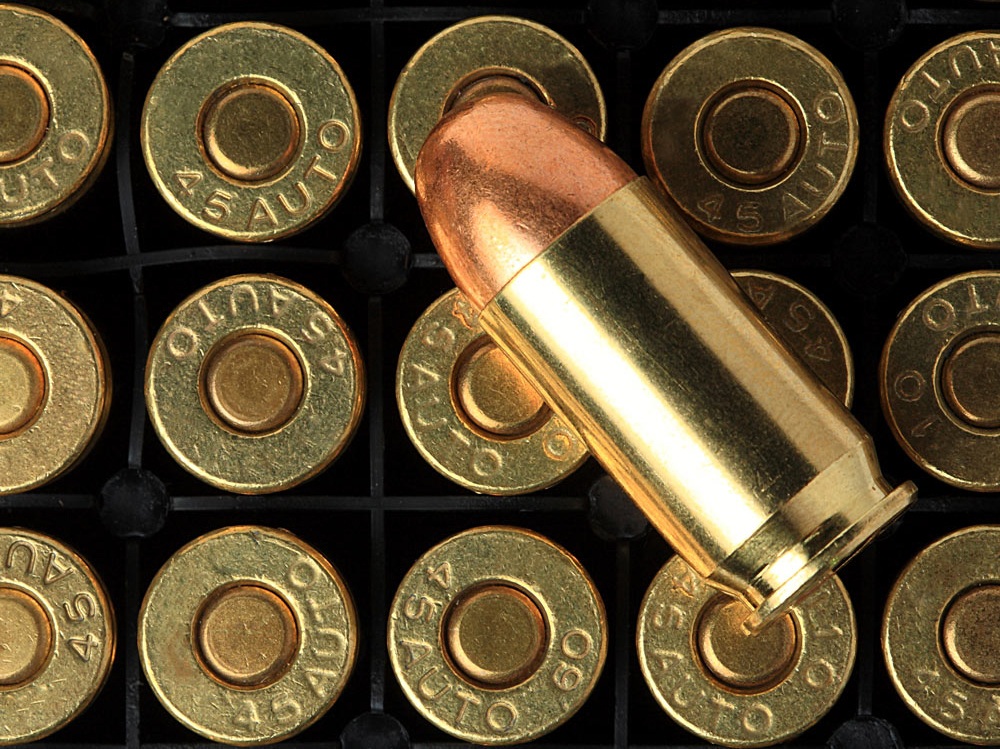
Modern ammunition is a vast improvement over what was available just a couple of decades ago, and in most cases, the additional capacity and manageability of the 9mm make it a better choice. If you can shoot fast with a 20-ounce .45 Auto with defensive loads, go for it. But as Clint Eastwood said, “A man’s got to know his limitations.”
I Shoot Well Enough, Right?
There’s no doubt that most who choose to carry a concealed carry handgun can acquire speed and accuracy with almost any gun they choose to carry under range conditions, but a true life-or-death confrontation is a lot different from simply shooting on a range or in a competition. The laws concerning the use of deadly force require a life-threatening situation, and fear and surprise degrade performance. Under extreme pressure, we don’t rise to the occasion as happens on TV; we fall back on our training and conditioned responses. Heard that one before?
You should shoot your carry gun every time you go to the range. Controlled slow fire is good for learning to shoot and building confidence, but real defensive training involves gear manipulation. You should draw from your concealment method, fire an accurate fast shot and repeat the process until it becomes something you can do without thinking about the process.
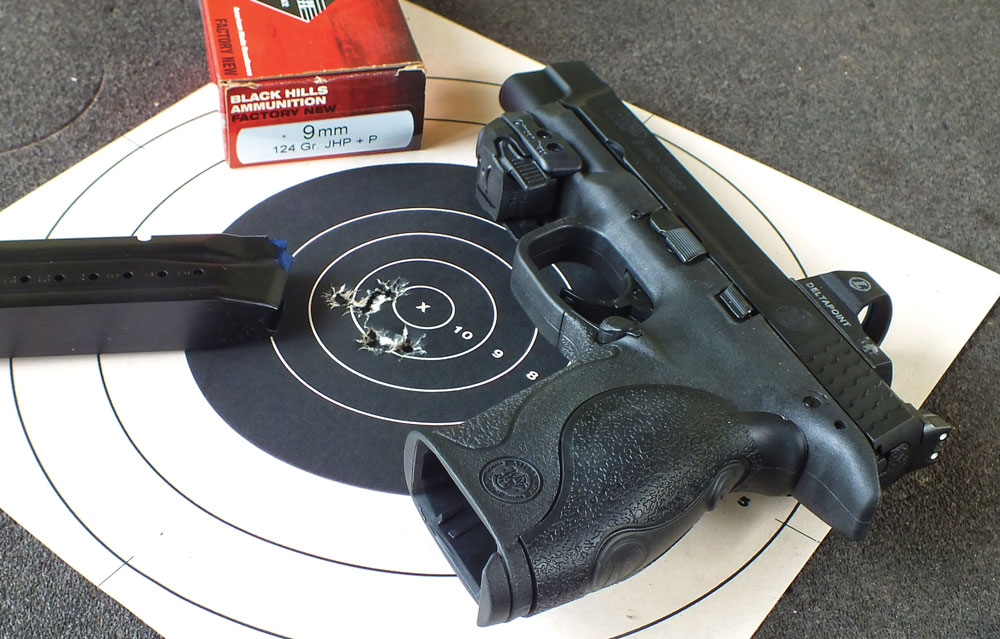
Under the pressure of a deadly force event, you want to be thinking about what’s happening — not where the safety is located on the gun. Train until the acts of drawing, getting a proper grip, lining up the sights and managing the trigger all become one process, not a series of actions. If you carry a semi-auto, practice clearing malfunctions until the tap/rack happens automatically.
Under The Hammer
If you can’t feel comfortable carrying a round under the hammer, you’ve chosen the wrong gun. I think the Israeli military guys are tough and smart, but carrying a defensive pistol with nothing in the chamber is dumb. Defensive situations for civilians can occur instantly and at arm’s length. Under those circumstances, it’s unrealistic to think you can fend off an attacker while racking the slide quickly enough.

The reaction-to-shot times for concealed carry are already remarkably slow, and adding the process of chambering a round makes them even slower. Few clients I train are able to get an accurate shot off in less than 3 seconds from real concealment, and 3 seconds is a long time. Add the time to chamber a round, and we need a sundial rather than a stopwatch to time you.
Concealed Carry Guns Must Have A Manual Safety
Based on my experience with the average concealed carry citizen, there’s a strong possibility a manual safety might cause an under-trained and frightened defender problems. While many who read this will scoff, I can assure you that dealing with getting off an accurate shot under the pressure of a life-threatening event isn’t like the pressure of out-shooting your buddy at the range or similar to getting a good time in an IDPA match.
Most concealed carry citizens get a permit, buy some rounds and a gun and begin to carry. I suspect less than 10 percent do enough regular training to allow them to draw and accurately fire a gun as a conditioned response. Don’t forget that with guns that rely solely on a manual safety, it’s really easy to accidentally disengage the safety in the tight confines of concealed carry, creating a potentially dangerous condition.
A better plan is to buy a gun you feel is safe for carry without a manual safety. This eliminates all single-action trigger systems that rely on a manual safety. It encourages use of double-action and striker-fired guns. If you don’t feel safe relying only on a striker-fired trigger, the best alternative is a double-action system. Another advantage of double-action guns is second-strike capability, negating the need for extended tap/rack training.
A Revolver? Really?
Remember the numbers mentioned above? Average number of rounds fired — less than three. Average shooting distance — less than 9 feet. In researching my book on concealed carry, I failed to find a report of a single incident where a concealed carry citizen needed to reload. Yes, it’s possible, but primarily, it only happens in the movies and on TV.
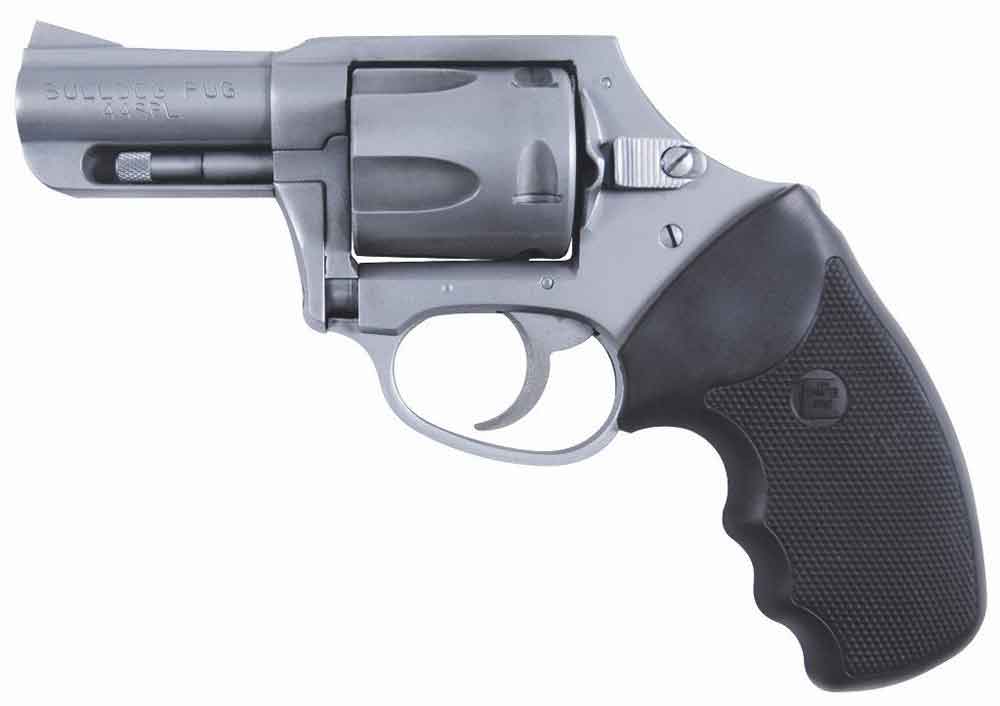
Revolvers have the simplest manual of arms of any other system, and they’re the only defensive handgun system that operates totally on the energy contributed by the user, correcting a malfunction involves pulling the trigger again. Nothing is totally reliable, but revolvers don’t rely as much on the performance of the ammunition chosen as semi-autos. It’s true that revolvers are more difficult to shoot, but everything is a trade-off. Revolvers aren’t for everyone, but don’t rule them out.
The Choice Is Yours
No matter which gun you prefer, I can dream up a scenario where it will let you down. If you live in Alaska or never wear light, warm-weather clothing, a big double-stack service pistol is likely a great choice for you. If you’re nervous about appendix carry with a striker-fired gun, maybe a revolver or double-action semi-auto is the gun for you.
Remember, you get to decide which gun you choose.
Editor's Note: This article originally appeared in the Winter 2017 issue of Gun Digest the Magazine.

Next Step: Get your FREE Printable Target Pack
Enhance your shooting precision with our 62 MOA Targets, perfect for rifles and handguns. Crafted in collaboration with Storm Tactical for accuracy and versatility.
Subscribe to the Gun Digest email newsletter and get your downloadable target pack sent straight to your inbox. Stay updated with the latest firearms info in the industry.

![Best Concealed Carry Guns In 2025 [Field Tested] Wilson Combat EDC X9S 1](https://gundigest.com/wp-content/uploads/Wilson-Combat-EDC-X9S-1-324x160.jpg)


![Best 9mm Carbine: Affordable PCCs [Tested] Ruger Carbine Shooting](https://gundigest.com/wp-content/uploads/Ruger-Carbine-Shooting-100x70.jpg)
![Best AR-15: Top Options Available Today [Field Tested] Harrington and Richardson PSA XM177E2 feature](https://gundigest.com/wp-content/uploads/Harrington-and-Richardson-PSA-XM177E2-feature-100x70.jpg)
